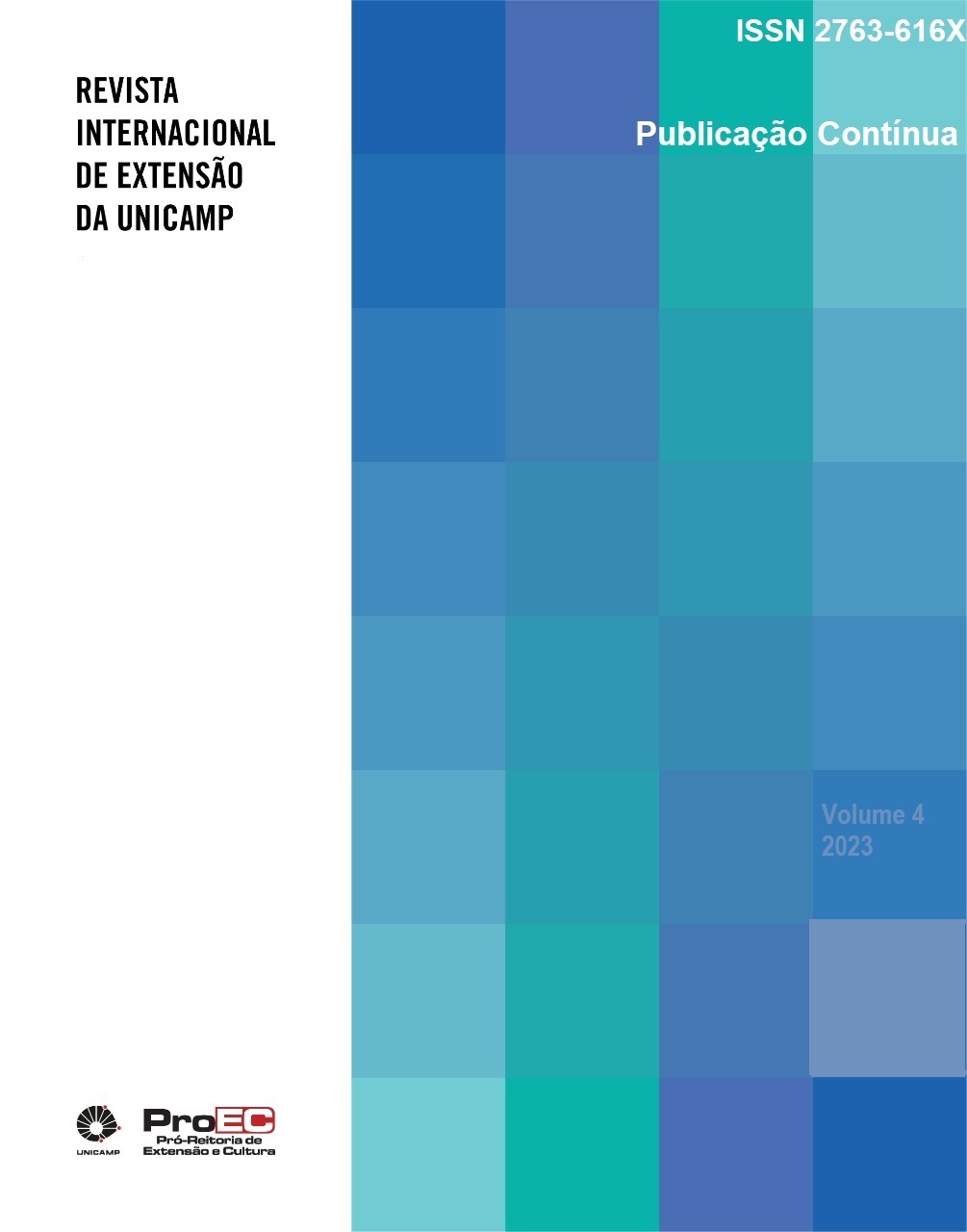Abstract
Introduction: The underrepresentation of women in science, technology, engineering and math careers (known as STEM) is a worldwide phenomenon that has been discussed for some time in the academy. However, it has also been shown that the participation of women in these areas brings important contributions. The M.A.F.A.L.D.A project emerged with the aim of encouraging girls from Elementary School II (EF-II) and High School (EM) from public schools to pursue higher careers in STEM areas.
Methods: The project works in partnership with public schools. Students selected from these schools participate in four types of activities: 1) workshops on cutting-edge scientific topics; 2) lectures given by women working in STEM; 3) “movie sessions” on the topic of women in STEM; 4) round tables with undergraduate and/or graduate students from the host university, who pursue careers in STEM areas.
Results/Discussion: So far, the project has operated for three years, serving three public schools and 145 girls from EM and 9th grade of EF-II. Also participating in the project were 22 undergraduate students, six graduate students and three postdoctoral researchers from UNICAMP (all female).
Conclusion: The overall feedback from project participants has been very positive. Some EM students entered careers in STEM fields at public universities and others were encouraged to continue their higher education and entered other careers at public and private universities after participating in the M.A.F.A.L.D.A project. The project had an impact on the citizen formation of UNICAMP students.
References
Aires, J., Mattos, G., Oliveira, C., Brito, A., Aragão, A. F., Alves, S., … Moreira, G. (2018). Barreiras que Impedem a Opção das Meninas pelas Ciências Exatas e Computação: Percepção de Alunas do Ensino Médio. In Anais do Women in Information Technology (WIT). Sociedade Brasileira de Computação - SBC. https://doi.org/10.5753/wit.2018.3378
Ashcraft, C., Eger, E., & Friend, M. (2012). Girls in IT : The Facts. Retrieved from https://wpassets.ncwit.org/wp-content/uploads/2021/05/13215545/girlsinit_report2012_final.pdf?_ga=2.170194342.767124945.1675508373-195548061.1675508373&_gl=1*siyli1*_ga*MTk1NTQ4MDYxLjE2NzU1MDgzNzM.*_ga_0P0TCJTB2T*MTY3NTUwODM3My4xLjAuMTY3NTUwODM3My4wLjAuMA
Borg, A., & Sui, M. (2013). Attracting girls to physics. In AIP Conference Proceedings (Vol. 1517, pp. 35–37). https://doi.org/10.1063/1.4794217
Carnegie STEM Girls+. (2022). Retrieved February 4, 2023, from https://carnegiestemgirls.org/
Ceci, S. J., & Williams, W. M. (2011). Understanding current causes of women’s underrepresentation in science. Proceedings of the National Academy of Sciences, 108(8), 3157–3162. https://doi.org/10.1073/pnas.1014871108
Erie, P. S. (2018). National Girls Collaborative Project. Retrieved February 3, 2023, from https://ngcproject.org/statistics
Girl Scouts. (2022). Retrieved February 4, 2023, from https://www.girlscouts.org/en/discover.html
Instituto Brasileiro de Geografia e Estatística. (2018). Estatísticas de gênero: indicadores sociais das mulheres no Brasil. Esudos e Pesquisas: Informação Demográfica e Socioeconômica, (38), 12 p. Retrieved from https://biblioteca.ibge.gov.br/visualizacao/livros/liv101551_informativo.pdf
Medeiros, A., Ferreira, I. B. M. C., Fonseca, L., & Rolim, C. (2022). Percepções sobre a tecnologia da informação por alunas de ensino médio: um estudo sobre gênero e escolhas profissionais. In Anais do XVI Women in Information Technology (WIT 2022) (pp. 122–132). Sociedade Brasileira de Computação - SBC. https://doi.org/10.5753/wit.2022.222780
Noonan, R. (2017). Women in STEM : 2017 Report. US Department of Commerce, 1–21. Retrieved from http://www.esa.doc.gov/sites/default/files/women-in-stem-2017-update.pdf
Rebello, G. A. F., Argyros, M. de M., Leite, W. L. L., Santos, M. M., Barros, J. C., Santos, P. M. L. dos, & Silva, J. F. M. da. (2012). Nanotecnologia, um tema para o ensino médio utilizando a abordagem CTSA. Química Nova Na Escola, 34(1), 3–9. Retrieved from http://qnesc.sbq.org.br/online/qnesc34_1/02-QS-79-10.pdf
Sandow, B., Marks, A., Borg, A., Hartline, B. K., Horton, R. K., & Kaicher, C. M. (2009). Attracting Girls to Physics. In AIP Conference Proceedings (pp. 11–13). AIP. https://doi.org/10.1063/1.3137731
SBPC. (2022). O mundo precisa de mais mulheres nas carreiras STEM.
SciGirls Connect. (2023). Retrieved February 4, 2023, from https://www.scigirlsconnect.org/ techbridge girls. (2021). Retrieved February 4, 2023, from https://www.techbridgegirls.org/

This work is licensed under a Creative Commons Attribution-NonCommercial 4.0 International License.
Copyright (c) 2023 International Journal of Outreach and Community Engagement


